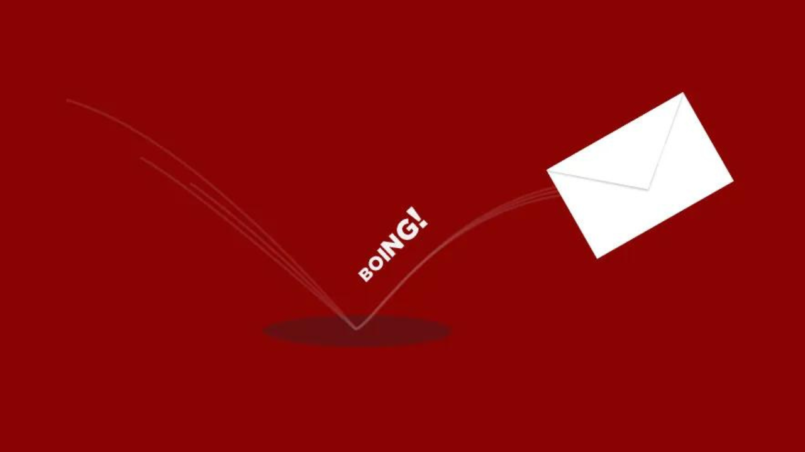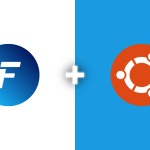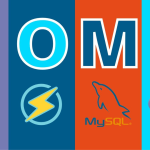Email bounce rates are a critical metric in email marketing, as they can significantly impact the effectiveness of your campaigns. A high bounce rate indicates that many of your emails are not reaching their intended recipients, which can lead to lower engagement and, ultimately, reduced ROI.
Understanding Email Bounce Rates
Before we dive into the strategies for reducing your email bounce rate, let’s first understand what it is and why it’s essential. Email bounce rates are the percentage of emails that are returned to the sender due to various reasons, such as invalid email addresses, temporary delivery issues, or full mailboxes. Bounce rates are generally categorized into two types:
- Hard Bounces: These are permanent delivery failures, usually due to incorrect or non-existent email addresses. They are a significant concern, as they can negatively impact your sender reputation, resulting in lower deliverability rates for future campaigns.
- Soft Bounces: These are temporary delivery failures, typically caused by issues such as full mailboxes, server downtime, or email size restrictions. While not as severe as hard bounces, they can still affect your email marketing success if not addressed properly.
Why Reducing Email Bounce Rates is Crucial
High email bounce rates can have several negative consequences, including:
- Lower engagement rates: If your emails are not reaching their intended recipients, it’s impossible to generate opens, clicks, or conversions.
- Reduced ROI: Failed email deliveries can lead to wasted resources and lower returns on your email marketing investment.
- Damaged sender reputation: Internet Service Providers (ISPs) monitor sender reputations and may block or filter emails from senders with high bounce rates, further reducing your campaign’s effectiveness.
Now that we’ve established the importance of reducing email bounce rates let’s explore some strategies to help you achieve this goal.
- Verify and Clean Your Email List
One of the most effective ways to reduce bounce rates is to maintain a clean and accurate email list. This means regularly removing invalid, non-existent, or outdated email addresses. Some methods to ensure a clean list include:
- Employing double opt-in: Require new subscribers to confirm their email address before adding them to your list. This helps prevent typos and fake email addresses from entering your database.
- Utilizing email verification tools: Services such as DeBounce and EmailistValidation can help validate your email list and identify invalid or risky addresses.
- Periodically removing inactive subscribers: Identify and remove subscribers who have not engaged with your emails for an extended period.
- Authenticate Your Emails
Authenticating your emails can improve deliverability and reduce the likelihood of bounces. By implementing authentication protocols like SPF (Sender Policy Framework), DKIM (DomainKeys Identified Mail), and DMARC (Domain-based Message Authentication, Reporting & Conformance), you can prove to ISPs that your emails are legitimate, reducing the risk of being marked as spam.
- Optimize Email Content and Design
The content and design of your emails can also impact bounce rates. Follow these best practices to optimize your emails and minimize the risk of bounces:
- Avoid spammy language: Refrain from using excessive punctuation, capitalization, and spam-triggering phrases in your subject lines and email copy.
- Stick to a simple layout: Overly complicated or image-heavy emails may be flagged as spam or rejected by certain email clients.
- Use a recognizable sender name and email address: Ensure your recipients can quickly identify your emails, reducing the risk of being marked as spam or deleted without being opened.
- Test and Monitor Your Campaigns
Regularly testing and monitoring your email campaigns can help you identify and address issues that may be contributing to high bounce rates. Consider the following practices:
- Test different email clients and devices: Ensure your emails are displaying correctly across various email clients (such as Gmail, Outlook, and Yahoo) and devices (desktop, mobile, tablet) to minimize the risk of soft bounces due to formatting issues.
- Monitor email metrics: Keep an eye on your bounce rates, open rates, click-through rates, and other relevant metrics to identify potential problems and areas for improvement.
- Analyze bounce data: Analyzing the reasons behind email bounces can help you pinpoint specific issues and address them accordingly. For example, if a significant portion of bounces is due to full mailboxes, consider sending emails at different times or days to avoid peak inbox traffic.
- Segment Your Email List
Segmenting your email list based on factors such as subscriber engagement, preferences, and demographics can help reduce bounce rates by ensuring your emails are relevant and targeted. By sending tailored content to specific segments, you’re more likely to maintain subscriber interest and engagement, reducing the likelihood of them marking your emails as spam or unsubscribing.
- Set a Consistent Sending Schedule
Establishing a consistent sending schedule for your email campaigns can help improve deliverability and reduce bounce rates. If you send emails too frequently, you risk overwhelming your subscribers and increasing the chances of being marked as spam. On the other hand, sending emails too infrequently may lead to subscribers forgetting about your brand and disengaging. Strike a balance by maintaining a regular, but not overwhelming, email schedule.
Conclusion
Reducing email bounce rates is essential for maximizing the effectiveness of your email marketing campaigns. By implementing these strategies, you can improve your email deliverability, maintain a healthy sender reputation, and ultimately, achieve better engagement and ROI from your campaigns. Remember, a successful email marketing strategy hinges on reaching the right people with the right message at the right time, and minimizing bounce rates is a crucial step in that process.







